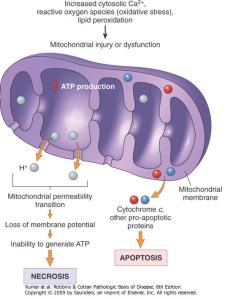This essay was originally posted last year and is now back with small changes. Enjoy.
The first decade of the 21st century ended with human space flight nowhere near to fulfilling the predictions made at the beginning of the space age. Not even close. Just as the Vietnam war robbed the space exploration budget, the end of the century found vast public funds, a truly mind boggling amount of treasure, spent on the cold war toys that have yielded guaranteed huge profits for the military industrial complex. Many of these incredibly expensive weapon systems do not work as advertised and very few of them have any application in the present war on terror. 911 did not stop the money flowing to new super fighter planes and missiles designed to shoot down other missiles. The promise of space was in truth sacrificed for the profits of the weapons industry. The expected moon bases and colonies on Mars were never funded and no human being has escaped earth orbit since the last Apollo mission. The underfunded space shuttle completely failed to provide the cheap lift and multi-mission capability that was never really possible to achieve. The showpiece International Space Station is little more than a 100 billion dollar collection of tin cans flying in endless circles.
Over a quarter century wasted and the human race seems in large part to have accepted the end of the space age. Despite a collection of old and new inferior lift vehicles incapable of accelerating a spacecraft to escape velocity, there is endless hype concerning the privatization of space and the bright future these for profit enterprises will bring about. The single point of failure in these schemes is the false miracle of fuel depots in space. These orbital gas stations will supposedly enable all the missions that previously could only be accomplished by a Heavy Lift Vehicles like the Saturn V. Cryo fuel storage and transfer is at this time a myth and has never even been attempted due to the extreme difficulties involved. It is simply a smoke screen to disguise defeat. We are not going anywhere if we stay on this path. The only hope for human space flight is the realization that deep space travel may at any time mean the difference between humankind surviving or disappearing forever. If this truth cannot unlock the vast resources required then we are sealing our collective fate. The Spaceship is the only insurance against extinction. Safeguarding the entire human race is the ultimate military mission, yet is completely ignored by our leaders and the defense industry. The inevitable asteroid or comet impact and the threat of a 100 percent lethal plague are with us right now. We as a species are playing a game of Russian roulette. We truly do not know when, but we know what is coming.
Everyone breathes a sigh of relief when it is explained that disastrous impacts only occur an average of once every several million years. The key fact never discussed is impacts are random. An impact could occur tomorrow, and again the next day, and it would just be a blip on a curved line representing the immensity of geologic time. No one would be left to exclaim, “WOW! What were the odds of that happening?” In the same way the threat of engineered pathogens is ignored, overlooked, or scoffed at in the hopes it will just go away. Just as there is little than can be done to stop seasonal flu, there is very little that could be done to stop such an airborne plague once it begins. Naturally evolved pathogens always leave a certain percentage of survivors but an engineered virus does not follow that rule. We are led to believe there is no defense, but we are being decieved and there is nothing further from the truth.
Continue reading “How to Build a Spaceship again” »









